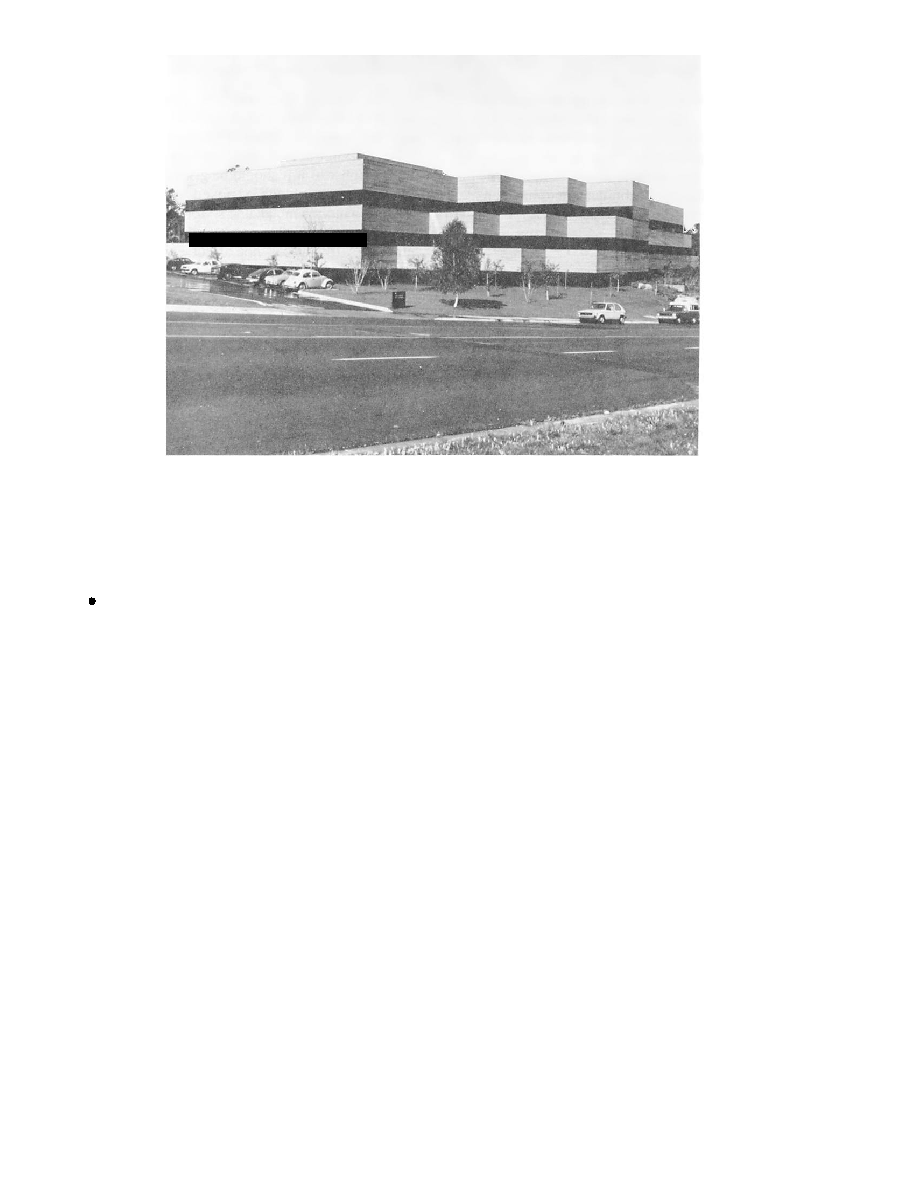
DOFMaster
for Windows
On-line
Depth of Field
Calculator
DOFMaster for Mobile Devices
On-line
Depth of Field
Table
Hyperfocal
Distance Chart
Articles
FAQ
Recommended
Books
Support
Contact
Links
Home
for Windows
On-line
Depth of Field
Calculator
DOFMaster for Mobile Devices
On-line
Depth of Field
Table
Hyperfocal
Distance Chart
Articles
FAQ
Recommended
Books
Support
Contact
Links
Home
As an Amazon Associate I earn from qualifying purchases.
![]()
so forth.
ments. You must be careful of fluorescent lights when
shooting color film. They can produce color casts. If the
however, often excellent for black-and-white
photography. In interior photography of public
buildings, an attempt may be made to shoot from a
somewhat higher camera angle than eye level to provide
first detail in the subject too far from the lower edge of
the picture. The interior should glide into the image
frame in a natural way. Maximum depth of field is the
only acceptable technique here.
indoor artificial light. When lighting is mixed this way,
it is better to delay shooting until the daylight is too weak
to overwhelm the interior lighting. Using the light of the
photograph interiors so late in the day that the sky seen
through windows is completely black So a time near
sunset or, if you wish to avoid visitors, the early morning
hours is recommended, especially for color
photography. Measurement of the ambient interior
illumination and the outdoor light gives you a good idea
of the best time to take pictures. Lenses with built-in leaf
some daylight is present, because they synchronize with
electronic flash at all speeds. The choice of a suitable
shutter speed allows you to obtain balance between
daylight and flash illumination.
industry? Well, stop and think for a minute. How about
the naval aviation depots, the public works centers, and
the shipyards? The demands for good photography for
research, development, documentation, and
communication placed on us by these industrial types of
Basic Photography Course

As an Amazon Associate I earn from qualifying purchases.
WWW.DOFMASTER.COM
© 2006 Don Fleming. All rights reserved.
© 2006 Don Fleming. All rights reserved.